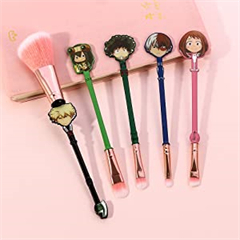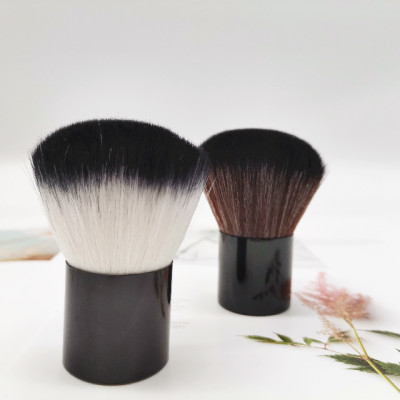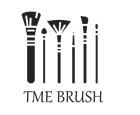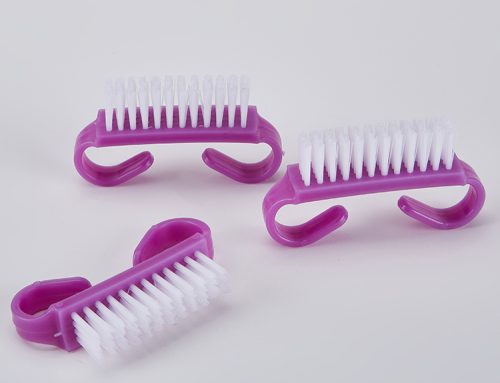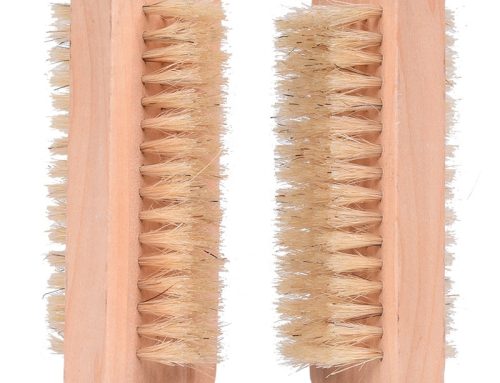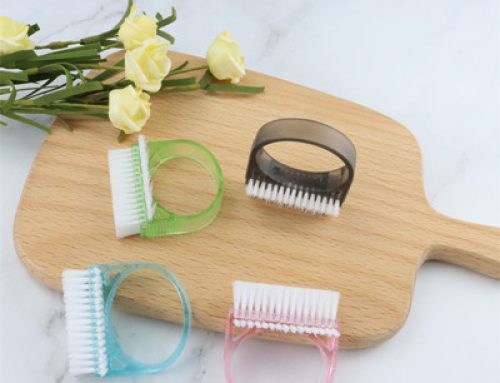Makeup brushes are esseools used in the application of various cosmetics, from foundation and blush to eyeshadow and lipstick. Each type of brush is designed with specific features to serve its purpose effectively. Here are some common features of makeup brushes:
- ntial tBristle Material: The bristles of makeup brushes are typically made from either natural or synthetic fibers. Natural fibers, like those from animal hair, can provide a smooth and flawless application, while synthetic fibers are cruelty-free and often work well with liquid and cream products.
- Shape: Makeup brushes come in a variety of shapes to suit different tasks. Some common shapes include flat, rounded, angled, tapered, and pointed. Each shape is designed to apply products to specific areas with precision and ease.
- Density: The density of bristles on a brush can affect the amount of product it picks up and applies. Dense brushes are often used for building up color, while less dense brushes are suitable for blending and diffusing.
- Size: Brushes come in various sizes, from large and fluffy to small and precise. The size of the brush corresponds to the area of the face it’s intended to be used on. For instance, larger brushes are used for applying products to larger areas like the cheeks, while smaller brushes are used for more detailed work, like eyeshadow application.
- Functionality:
- Foundation Brush: These brushes have dense, flat bristles that help achieve an even and smooth application of liquid or cream foundation.
- Blush and Powder Brush: Typically larger and fluffy, these brushes are designed to apply blush, bronzer, or setting powder to larger areas of the face.
- Contour Brush: Usually angled, these brushes are used for applying contour products to create dimension and definition on the face.
- Eyeshadow Brush: These come in various sizes and shapes, like flat shaders for packing on color and blending brushes for softening edges.
- Lip Brush: With a fine and pointed tip, lip brushes allow for precise application of lipstick or lip gloss.
- Handle: The handle of a makeup brush can vary in length and material. Some brushes have shorter handles for more control, while others have longer handles for a comfortable grip. High-quality brushes often have sturdy, well-balanced handles.
- Ferrule: The ferrule is the metal part that holds the bristles and the handle together. A high-quality ferrule is durable and tightly secures the bristles to prevent shedding.
- Maintenance: Proper maintenance is important to ensure the longevity and performance of makeup brushes. Regular cleaning with brush cleansers or mild soap helps remove product buildup and bacteria. Brushes should also be dried with the bristles facing downward to prevent water from loosening the glue that holds the bristles in place.
- Brand and Quality: The quality of makeup brushes can vary based on the brand and price point. High-end brands often use premium materials and craftsmanship, resulting in brushes that last longer and perform better.
When selecting makeup brushes, consider your specific needs and the types of products you’ll be using. Investing in a set of good-quality brushes that cater to different makeup application needs can greatly enhance your makeup application process and overall look.
